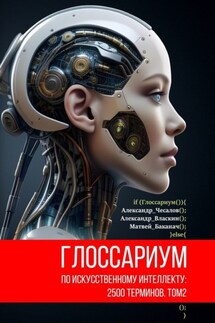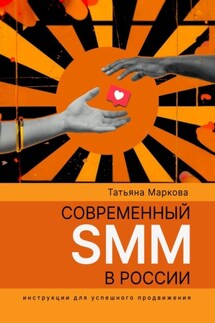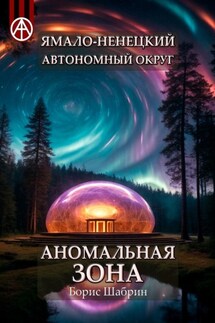Глоссариум по искусственному интеллекту: 2500 терминов. Том 2 - страница 23
Cloud TPU is a specialized hardware accelerator designed to speed up machine learning workloads on Google Cloud Platform218.
Cluster analysis is a type of unsupervised learning used for exploratory data analysis to find hidden patterns or groupings in the data; clusters are modeled with a similarity measure defined by metrics such as Euclidean or probability distance.
Clustering is a data mining technique for grouping unlabeled data based on their similarities or differences. For example, K-means clustering algorithms assign similar data points into groups, where the K value represents the size of the grouping and granularity. This technique is helpful for market segmentation, image compression, etc219.
Co-adaptation is when neurons predict patterns in training data by relying almost exclusively on outputs of specific other neurons instead of relying on the network’s behavior as a whole. When the patterns that cause co-adaption are not present in validation data, then co-adaptation causes overfitting. Dropout regularization reduces co-adaptation because dropout ensures neurons cannot rely solely on specific other neurons220.
COBWEB is an incremental system for hierarchical conceptual clustering. COBWEB was invented by Professor Douglas H. Fisher, currently at Vanderbilt University. COBWEB incrementally organizes observations into a classification tree. Each node in a classification tree represents a class (concept) and is labeled by a probabilistic concept that summarizes the attribute-value distributions of objects classified under the node. This classification tree can be used to predict missing attributes or the class of a new object221.
Code is a one-to-one mapping of a finite ordered set of symbols belonging to some finite alphabet222.
Codec is a codec is the means by which sound and video files are compressed for storage and transmission purposes. There are various forms of compression: ’lossy’ and ’lossless’, but most codecs perform lossless compression because of the much larger data reduction ratios that occur with lossy compression. Most codecs are software, although in some areas codecs are hardware components of image and sound systems. Codecs are necessary for playback, since they uncompress or decompress the moving image and sound files and allow them to be rendered223.
Cognitive architecture – the Institute of Creative Technologies defines cognitive architecture as: «hypothesis about the fixed structures that provide a mind, whether in natural or artificial systems, and how they work together – in conjunction with knowledge and skills embodied within the architecture – to yield intelligent behavior in a diversity of complex environments»224.
Cognitive computing is used to refer to the systems that simulate the human brain to help with the decision- making. It uses self-learning algorithms that perform tasks such as natural language processing, image analysis, reasoning, and human—computer interaction. Examples of cognitive systems are IBM’s Watson and Google DeepMind225.
Cognitive Maps are structured representations of decision depicted in graphical format (variations of cognitive maps are cause maps, influence diagrams, or belief nets). Basic cognitive maps include nodes connected by arcs, where the nodes represent constructs (or states) and the arcs represent relationships. Cognitive maps have been used to understand decision situations, to analyze complex cause-effect representations and to support communication









